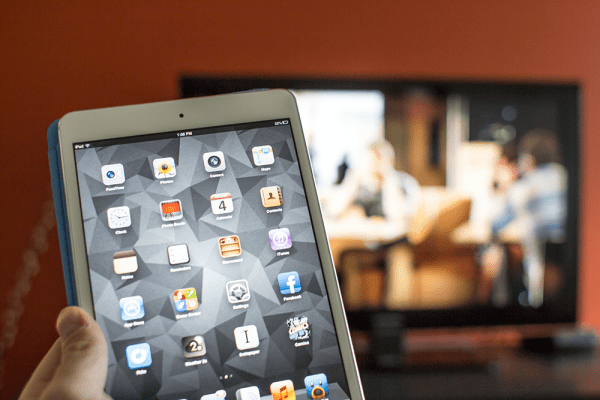The iPad mini is quickly becoming a key component of Apple’s product lineup, and according to some sources, might even be the best-selling tablet Apple makes at this point. The smaller tablet hit shelves in early November last year, and likely had a huge impact on Apple’s record tablet sales last quarter, which topped 19.5 million devices. It’s impossible not to see a Retina update in the mini’s future, and new reports (via MacRumors) claim we’ll see production begin for that device this summer.
NPD DisplaySearch analyst says we should see display panel production begin for a Retina iPad mini beginning in June or July, which will be sourced primarily from LG Display, and specifically not from Samsung, Apple’s sometime partner, but not a display supplier for the current iPad mini. The iPad mini with Retina Display should have a 2,048×1536 pixel, 7.9-inch screen, which makes for a PPI of 324, or just about the same as that of the iPhone 5. That would make it fully compatible with apps designed for the full-sized iPad’s Retina screen, but give it an even higher pixel density at the same time thanks to the smaller screen dimensions.
This production start date would fit with an anticipated ship date of between July and September for a Retina iPad mini, thought we’d be much more likely to see such a device arrive in the fall according to recent statements by Apple CEO Tim Cook. During the most recent Apple investor call, he told people to look to fall and 2014 specifically for exciting new product launches from Apple, which seems to indicate we might have to wait at least that long for something as exciting as an iPad mini refresh.
A Retina screen on the iPad mini would help Apple address the only real shortcoming reviewers and critics have identified on the tablet thus far. When the first reviews hit the web, mention of the lack of a Retina display was almost universal, though few cited it as a dealbreaking oversight. Even so, the addition of that capability will likely bring at least as much praise as its absence brought raised eyebrows.
Early rumored case leaks have shown that the next generation might be slightly thicker than the existing version, which would be in keeping with what happened between the iPad 2 and the first Retina Display iPad, which gained both girth and weight over its predecessor. I’m personally hoping that this is an early prototype; the size and weight change between the iPad 2 and 3rd gen device was very noticeable, and took away from the benefits of having a better screen.
Apple isn’t hurting in the tablet game, but some competitors are starting to show stronger numbers than they have in the past, including Asus, which reported earnings this week. Those included 3 million tablets sold for the quarter, a larger portion of which are likely the Nexus 7 Android devices it makes for Google. NPD DisplaySearch says that the Kindle Fire line of tablets will get 300 ppi or higher displays in the next generation, too, so Apple bringing the best-of-breed display in its next-gen device makes sense in terms of helping keep its dominating lead.
